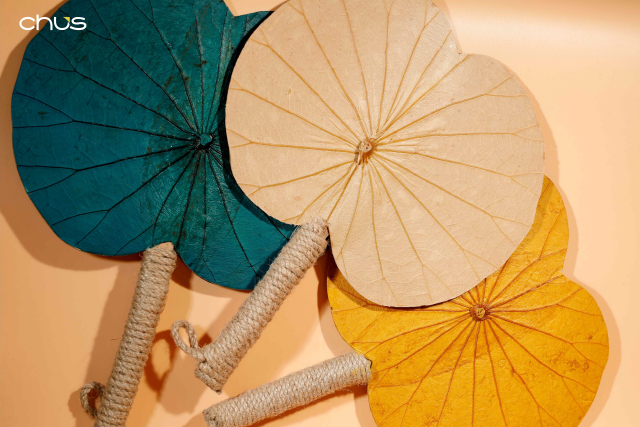Ceramics - Imprints In History To Modern Life
Vietnam, a country rich in culture and history, is famous for its unique ceramic art. Since centuries ago, ceramics have been an indispensable part of Vietnamese life and culture, from historical markers to traditional values inherited through generations. Let's look back at the long journey of ceramics in Vietnamese culture and life, from the past to the present.
Ceramics in Historical Heritage
Throughout Vietnam's long history, ceramics have appeared and played an important role, present in most important milestones throughout the development of civilization, culture and life. Ceramics have contributed to creating cultural paintings of Vietnam since ancient times. The art of pottery has appeared since the Dong Son period, about 2000 BC.
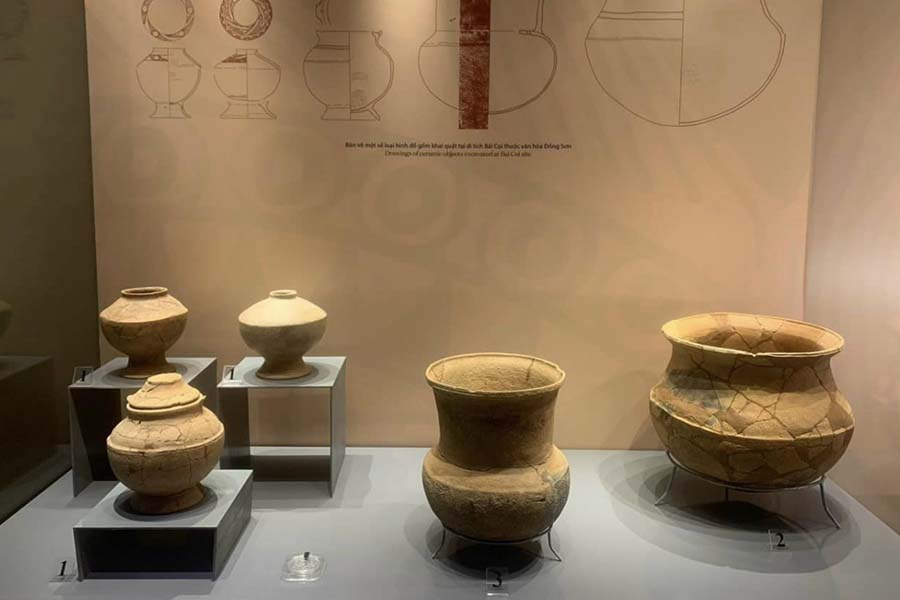
Ceramic in Đông Sơn age (Image: vov.vn)
Ceramic objects from this period are often religious in nature, with images of deities and artifacts from religious ceremonies. Along with the development of civilization, ceramic art continued to develop strongly in the following dynasties, from the Champa civilization to the Dai Viet civilization. Ceramics from dynasties such as Ly, Tran, and Le carry distinct cultural and artistic styles, reflecting the wealth and prosperity of the state and nation.

Một số mẫu gốm thời Lý Trần được lưu trữ trong bảo tàng vì giá trị lịch sử (Ảnh: toquoc.vn)
Ceramics in traditions
Ceramics is not only a raw material, but also a heritage inherited through generations. From portraits of kings and mandarins to objects used in religious ceremonies, ceramics have marked the passage of time and enriched the country's cultural heritage. In particular, ceramics in religious ceremonies such as Chongqing festival, Doi festival, Bat Trang festival... have become important symbols of beliefs and folk cultural traditions.

Pottery artists take care of every detail at Bat Trang pottery village (Image: Newspaper page of the Hanoi Department of Tourism)

You may want to look at: The Flourishing Periods Of Vietnamese Ceramics
The development of ceramics in modern days
During the 20th century, Vietnamese ceramics experienced a revolution in art and production technology. Pottery associations, such as the Bat Trang ceramic association, have continued the tradition and developed Vietnamese ceramic art. With the birth of art training schools, Vietnamese ceramic artists have achieved significant achievements in combining tradition and modernity, creating unique and creative ceramic works.

Ceramics - An Inherited Heritage
Ceramics is not only a raw material, but also a heritage inherited through generations. It is a precious thing that many ancient traditional pottery villages still preserve sophisticated pottery techniques, continuously passed down through many generations from previous generations. From many angles, it is quite a difficult thing, let alone developing it.
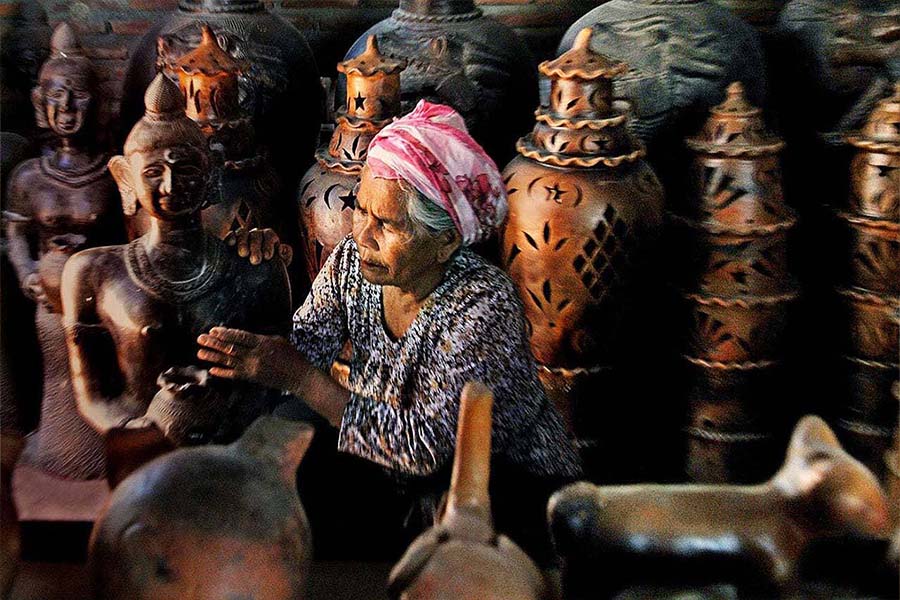
It is difficult to preserve the ancient craft of pottery making in the modern era (Image: bvhttdl.gov.vn)
The difficulty is that consumer demand for handmade ceramics is no longer high; the introduction of ceramics from other countries with newer styles and techniques; or because of the expansion of industrially produced ceramics that are both fast, sophisticated and have uniform uniformity in each batch of ceramics. The above reasons all contribute to reducing consumer demand for ceramics, affecting the income of potters and their inherent enthusiasm.
From traditional pottery villages to potters' associations, Vietnamese people have preserved and developed the art of ceramics from ancient times to today.
You may want to look at: Exploring the Characteristics of Vietnamese Pottery: Then and Now
The transformation of ceramics to suit modern trends
Following the development cycle of the times and in accordance with consumer tastes, many Vietnamese ceramic brands have been born that combine both traditional and modern elements: Tradition in skillful handmade pottery methods. and modern in other sophisticated techniques to make ceramic more unique.
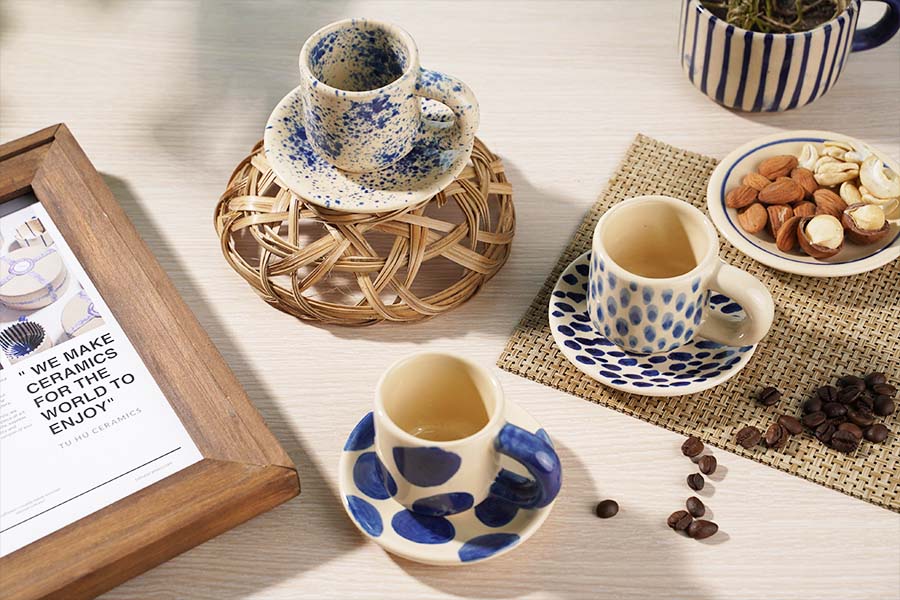
The next prominent brands are Tu Hu Ceramics, Gốm Đông Gia, HCeramic,... all of which have cleverly integrated modern aesthetics into their works.
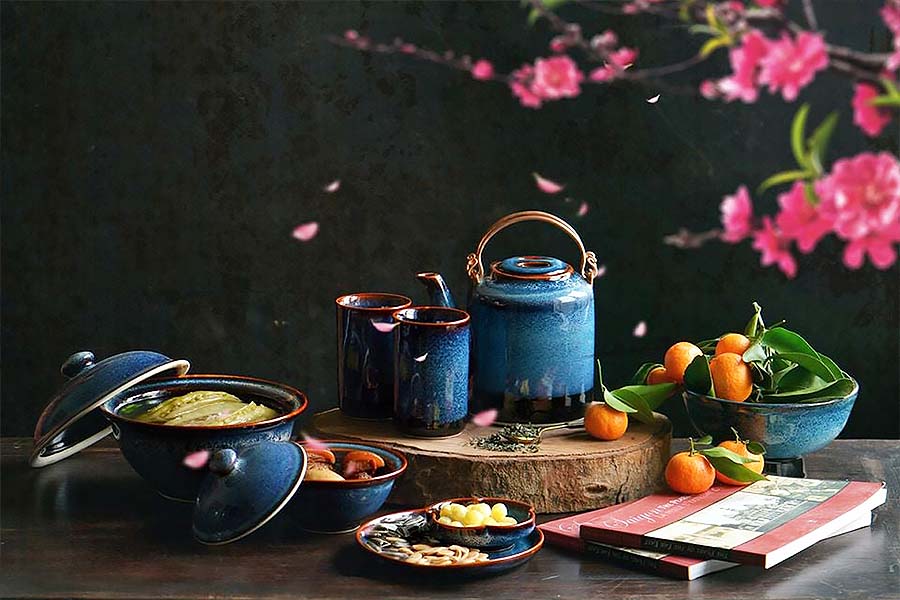

To do this, the person behind each brand must have a deep love for Vietnamese ceramics and a reluctance to see this culture disappear over the years. In addition, a lot of research and exploration will be needed when creating each product so that the finished product enhances the rustic sophistication of ancient ceramics while still exuding a contemporary aesthetic.
Conclusion
Ceramics is not only a material in daily life but also a symbol of Vietnamese history and tradition. The importance of ceramics lies not only in maintaining and developing the arts but also in preserving and celebrating the nation's cultural heritage. Let ceramics continue to be a source of inspiration and pride for Vietnamese people through each generation with the reputable Vietnamese ceramic brands that CHUS recommends for you.








